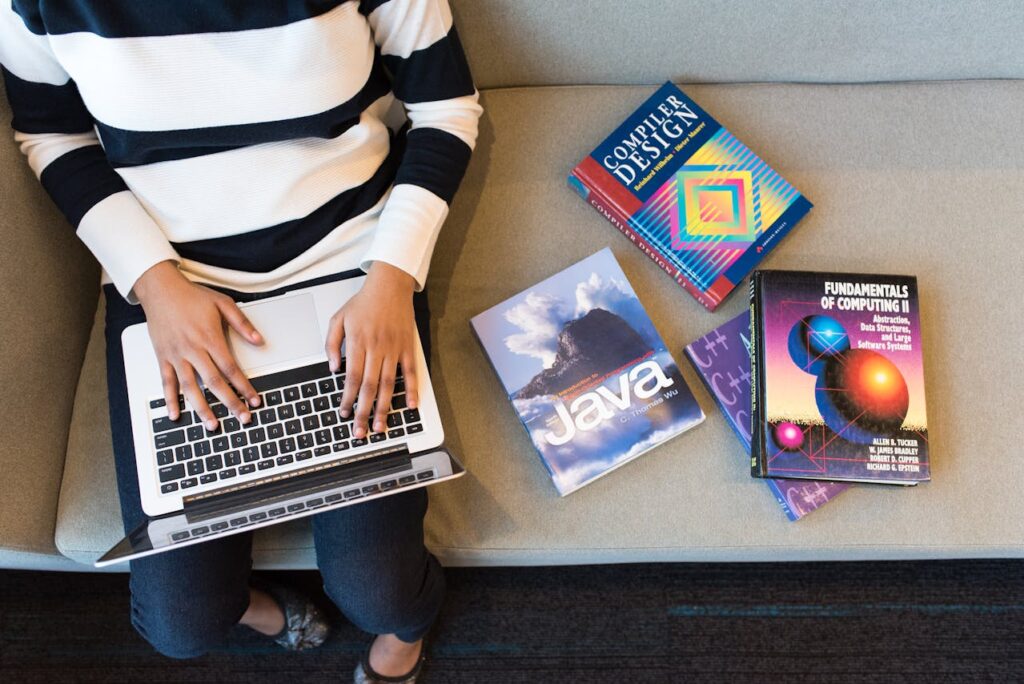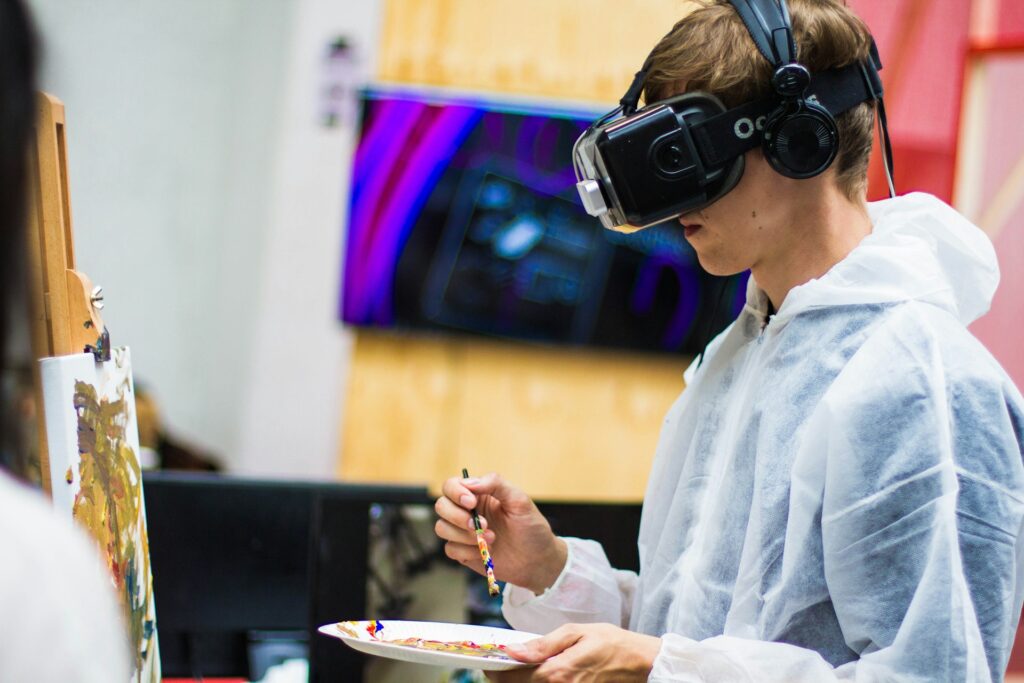

Over the past century, education has undergone countless changes, yet many schools continue to focus on traditional subjects like literature, math, history, and, in some regions, religious studies. While these remain valuable, rapid technological advancements mean new skills are now essential for everyone—not just aspiring programmers or engineers. From coding and data science to immersive technologies and machine learning, these capabilities have become the new “basics” for a generation growing up in a digital reality.

It’s easy to assume that coding or data science only matters for tech-specific careers. However, in fields like healthcare, finance, marketing, and even art, technology drives innovation. Familiarity with concepts like artificial intelligence and machine learning is increasingly seen as a fundamental skill, much like reading or arithmetic. Even major figures such as Elon Musk have launched schools emphasizing forward-thinking curricula, as discussed in our article on Elon Musk’s Influence on US Education.

Extended Reality (XR) includes augmented, mixed, and virtual environments. While AR and MR overlay digital elements onto the real world, VR fully immerses users in a simulated setting. These technologies are quickly becoming vital in training, product design, and creative industries. In the classroom, XR can turn complex theoretical lessons—be it biology or architecture—into interactive experiences. By doing so, students grasp concepts more intuitively, enhancing both engagement and retention.
Artificial intelligence may conjure sci-fi images of robots replacing humans, yet modern AI simply automates repetitive tasks and analyzes vast data sets quickly. In education, AI can assist with everything from personalized feedback to automated grading, freeing teachers to focus on personal interaction and creative lesson planning. This aligns with our perspective on critical thinking in the face of technological change, explored in our article on Developing Critical Thinking Skills.

Traditional skills like reading and writing remain crucial, but schools must now integrate topics such as:

While studying subjects like history, languages, or literature remains vital, the modern world demands more. Students must also be capable of creating, interpreting, and managing technology. High-profile thinkers, including Elon Musk, argue that schools often miss the mark by not teaching advanced STEM or technology from an early age. Our article on Leadership and Problem-Solving delves into how these competencies must align with hands-on tech experiences.
Some educators worry that advanced tech like AI or data analytics might “replace” critical human skills. But, as we’ve argued in our analysis of AI Tools for Teachers, automation and machine intelligence are best viewed as enhancements, not threats. The real value lies in training students to use these tools effectively, blending digital expertise with human creativity and emotional intelligence.
Parents often grapple with selecting an institution that balances traditional academics with modern competencies. Why limit a child to reading heavy textbooks only, when they can also learn:
A well-equipped school might feature digital labs and online resources, plus collaboration with local tech companies for workshops or internships. This approach aligns with our insights on how best to prepare students for tomorrow’s jobs, as explored in Generation Alpha: Rethinking Education.
The future isn’t just about memorizing facts; it’s about adaptability, innovative thinking, and familiarity with groundbreaking technologies. Teaching only the classics—like fiqh or history—without integrating coding, AI, XR, or data science does students a disservice. These skill sets have shifted from “extras for success” to essential fundamentals, shaping how individuals will work, communicate, and solve problems.
Rather than fearing the displacement of old subjects, schools should focus on blending time-honored lessons with new technical competencies. In doing so, we empower students to thrive in a rapidly evolving digital world, ensuring they don’t just consume technology, but shape it.
At XReady Lab, we champion an educational model that fuses modern tech skills with holistic development. By weaving these new basics into the school curriculum, we help create a generation ready to lead, innovate, and explore a future that’s full of possibilities.
Frequently Asked
We prodive VR biology, VR physics, and VR chemistry simulations. Please, check our catalog.
Please, fill the form to get demo labs for free.
Please contact our customer support service at support@xreadylab.com or book a call with the team using the link to find out the conditions and book the VR class set up at your school.
Subscription to XReady Lab interactive VR labs. If you are a school, then you are also given access to the VR classroom system. VR class system helps you easily launch VR lessons for a large number of students, follow the experience of each student, as well as customise the content without developers.
We adhere to the world’s generally accepted recommendations and research. Our products are suitable for children from 12 years old.